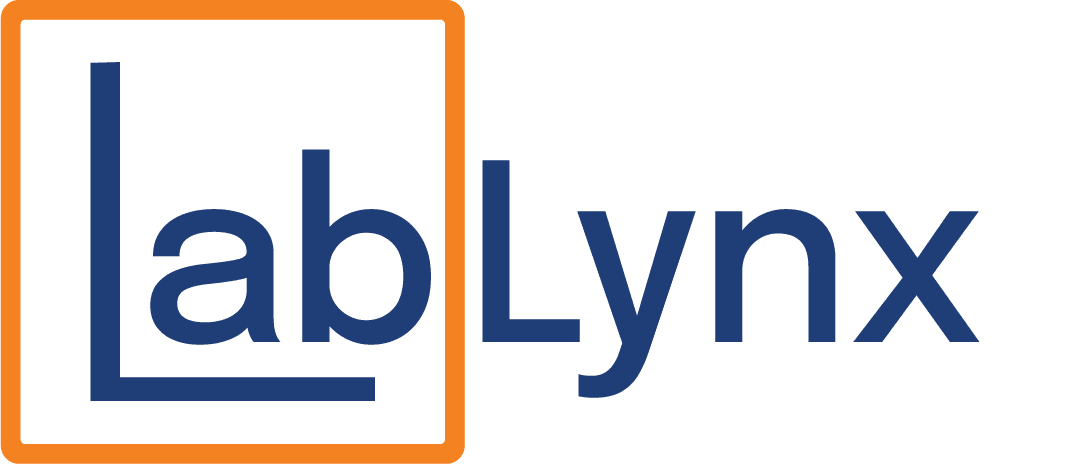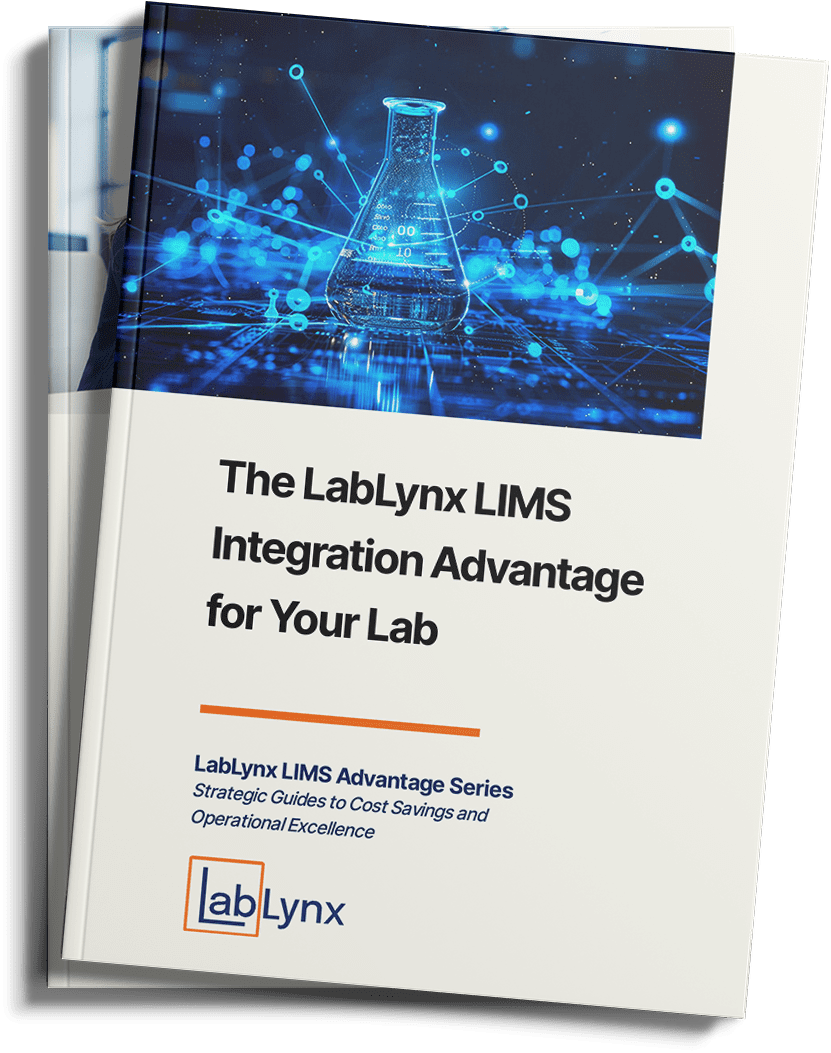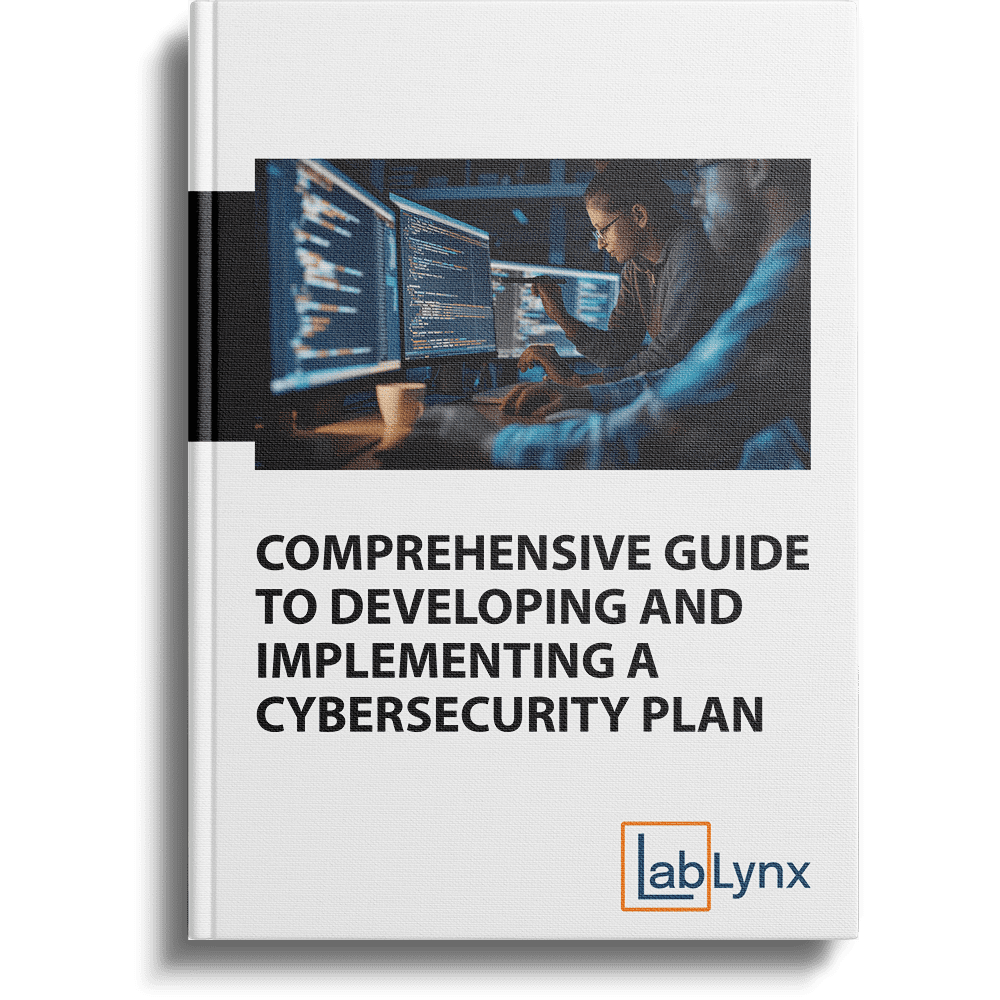Enhancing Laboratory Efficiency Through Instrument Integration with LabLynx LIMS
In the fast-paced environment of modern laboratories, the seamless integration of laboratory instruments with Laboratory Information Management Systems (LIMS) is crucial for enhancing operational efficiency, ensuring data accuracy, and streamlining workflows. LabLynx, a leader in providing advanced LIMS solutions, excels in the integration of various laboratory instruments, transforming how labs capture, analyze, and manage data. This article delves into the significance of instrument integration in LIMS and how LabLynx LIMS facilitates this essential function, propelling laboratories towards more efficient and error-free operations.
The Importance of Instrument Integration in LIMS
Instrument integration involves connecting laboratory instruments directly to a LIMS, enabling automatic data capture and analysis. This connectivity is vital for laboratories aiming to reduce manual data entry errors, increase throughput, and maintain data integrity across systems. A LIMS that efficiently manages instrument integration plays a pivotal role in modern laboratory settings, particularly those dealing with high volumes of samples and complex testing protocols.
Key Benefits of Integrating Instruments with LabLynx LIMS
Integrating laboratory instruments with LabLynx LIMS offers numerous advantages that significantly improve laboratory operations:
- Automated Data Capture: LabLynx LIMS facilitates direct data transfer from instruments to the LIMS database, minimizing human intervention and the associated risk of errors. This automation not only speeds up the data collection process but also enhances the reliability of the data captured.
- Increased Operational Efficiency: With instruments integrated into LabLynx LIMS, laboratories can streamline their workflows, reducing the time spent on manual data entry and verification. This efficiency boost allows lab personnel to focus more on analytical tasks rather than administrative duties.
- Enhanced Data Integrity: Automatic data capture through instrument integration helps maintain the integrity of data by eliminating manual transcription errors. LabLynx LIMS ensures that every piece of data is accurately logged and traceable, which is crucial for quality control and compliance.
- Improved Decision Making: The immediate availability of data within LabLynx LIMS allows laboratory managers and technicians to make quicker, more informed decisions regarding sample processing and result analysis. This responsiveness is particularly critical in environments where time-sensitive decisions impact clinical outcomes or product quality.
- Scalability and Flexibility: LabLynx LIMS supports the integration of a wide range of instruments, from simple analyzers to complex sequencing machines. This flexibility ensures that as laboratory needs evolve and new technologies emerge, the LIMS can adapt quickly without requiring significant overhauls.
- Compliance with Industry Standards: LabLynx LIMS helps laboratories comply with various regulatory requirements by ensuring that data from integrated instruments is captured and stored in a manner that meets industry standards, such as FDA 21 CFR Part 11, GLP, or ISO 17025.
Challenges of Instrument Integration and LabLynx’s Solutions
Instrument integration within a LIMS framework presents challenges, including compatibility issues between different instruments and software, as well as the need for continuous system maintenance. LabLynx addresses these challenges through:
- Comprehensive Compatibility Testing: LabLynx conducts extensive compatibility testing to ensure that instruments, regardless of manufacturer or model, can be seamlessly integrated into the LIMS.
- Custom Interface Development: Where necessary, LabLynx develops custom interfaces to bridge any gaps between the LIMS and laboratory instruments, ensuring smooth data flows and functionality.
- Ongoing Support and Training: LabLynx provides ongoing support and training to laboratory staff to ensure they are proficient in using the LIMS with integrated instruments. This training includes troubleshooting and updates on new features or enhancements.
The integration of instruments with LabLynx LIMS is a transformative approach for laboratories seeking to enhance efficiency, accuracy, and compliance. As laboratories continue to evolve and the demand for faster, more accurate testing increases, the role of a sophisticated LIMS with robust instrument integration capabilities becomes ever more critical. LabLynx LIMS stands at the forefront of this integration, offering laboratories the tools and functionalities they need to succeed in a competitive and regulatory landscape, ensuring they achieve their operational and scientific goals.


